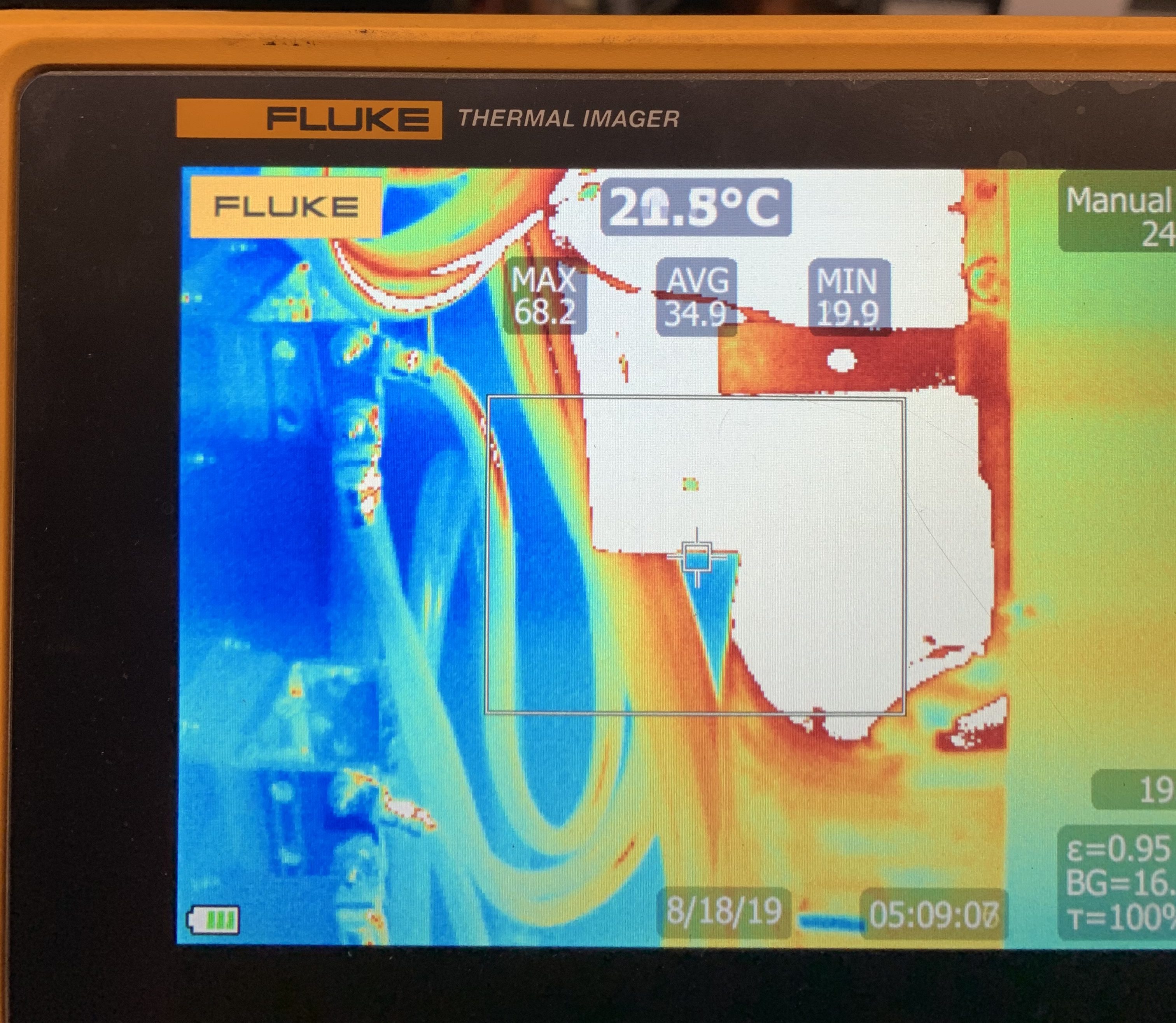Thermographic scanning, also referred to as Infrared scanning, is a tool used across multiple trades. The equipment can be pricey, but it is a great tool to use as part of your arsenal. I typically use it in the electrical industry, but I will provide examples of other uses.
- Law Enforcement Surveillance – Using infrared to track fleeing criminals or hiding criminals is a pretty useful tool. Locating people in the darkness of night or in wooded areas can be a challenge at times.
- Fire Fighting – Using infrared can help firemen locate personnel trapped in buildings or see if there are any hot spots in walls, ceilings or floors.
- Search & Rescue – This falls on the same principal as Fire Fighting. You can use your imagination on how you can use this to find a person.
- Medical – Airports may use it to scan passengers exiting a flight to check for SARS, bird flu, or other medical outbreaks. It can be used to identify problems with pets. A pet has an injury but as a human, we don’t know “where it hurts”. This technology can help locate it. It can help diagnose blood circulation issues, cancer, infections.
- Energy Efficiency – Insulation defects, air leakage, heat loss, etc.
- Electrical Performance – Loose terminations, overheating, phase balancing.
This is a very quick overview of some of the types of uses for infrared technology. There can be many more uses. The tips that I have to offer pertain to the electrical industry.
Tip #1 – Pay attention to your temperature scale at ALL times. Whether you are in Manual mode, or Auto Gain Control (AGC). Know what your temperature scale is!
Temperature Range – Blue is cooler than White. White is off of the color range
Tip #2 – Know what you are scanning! And make sure to use the manual/auto focus. Understanding that a small transformer generates more heat than a control relay is pretty important. Being able to assess actual issues can be hard when you are looking at a section with various heat signatures.
Scanning items with a wide variety of components can be tricky! But understanding what each of the components are, can make your job easier.
Tip #3 – Heat reflects! Shiny metals and shiny bus reflect heat signatures. Sometimes infrared scanning involves different body contortions in order to get a proper look at components.



